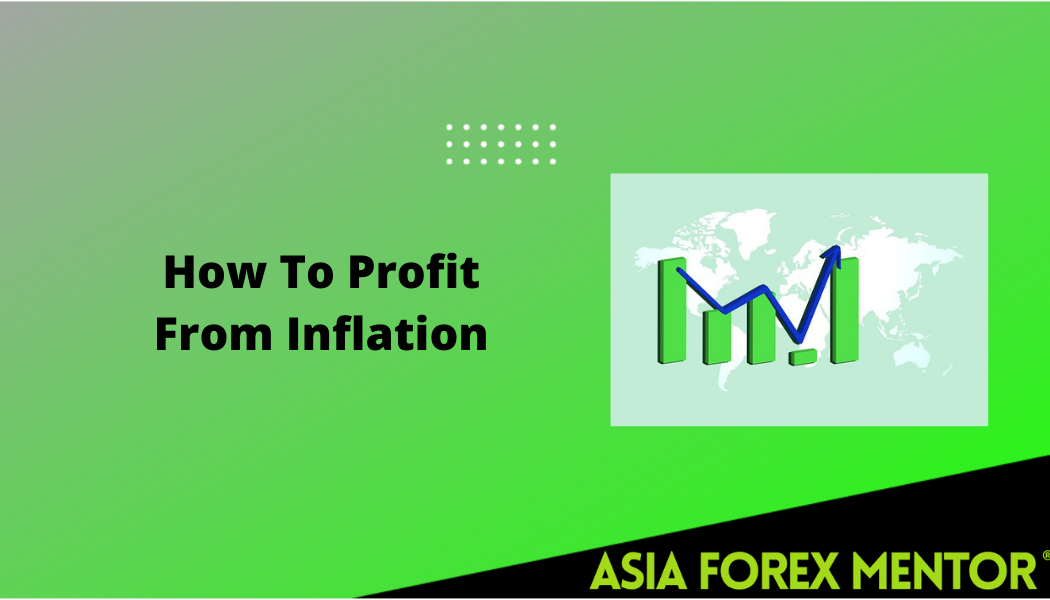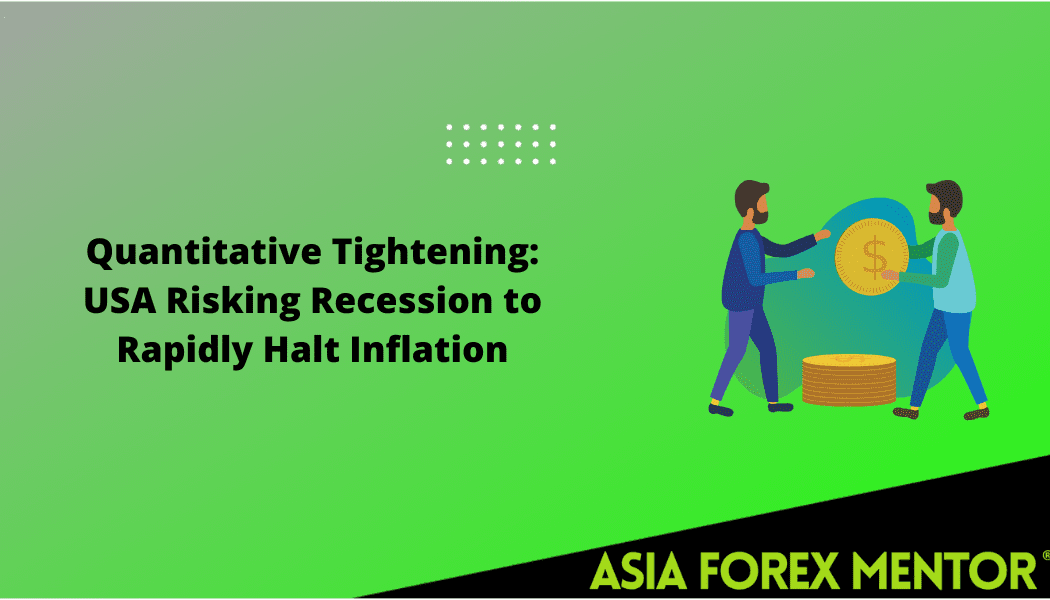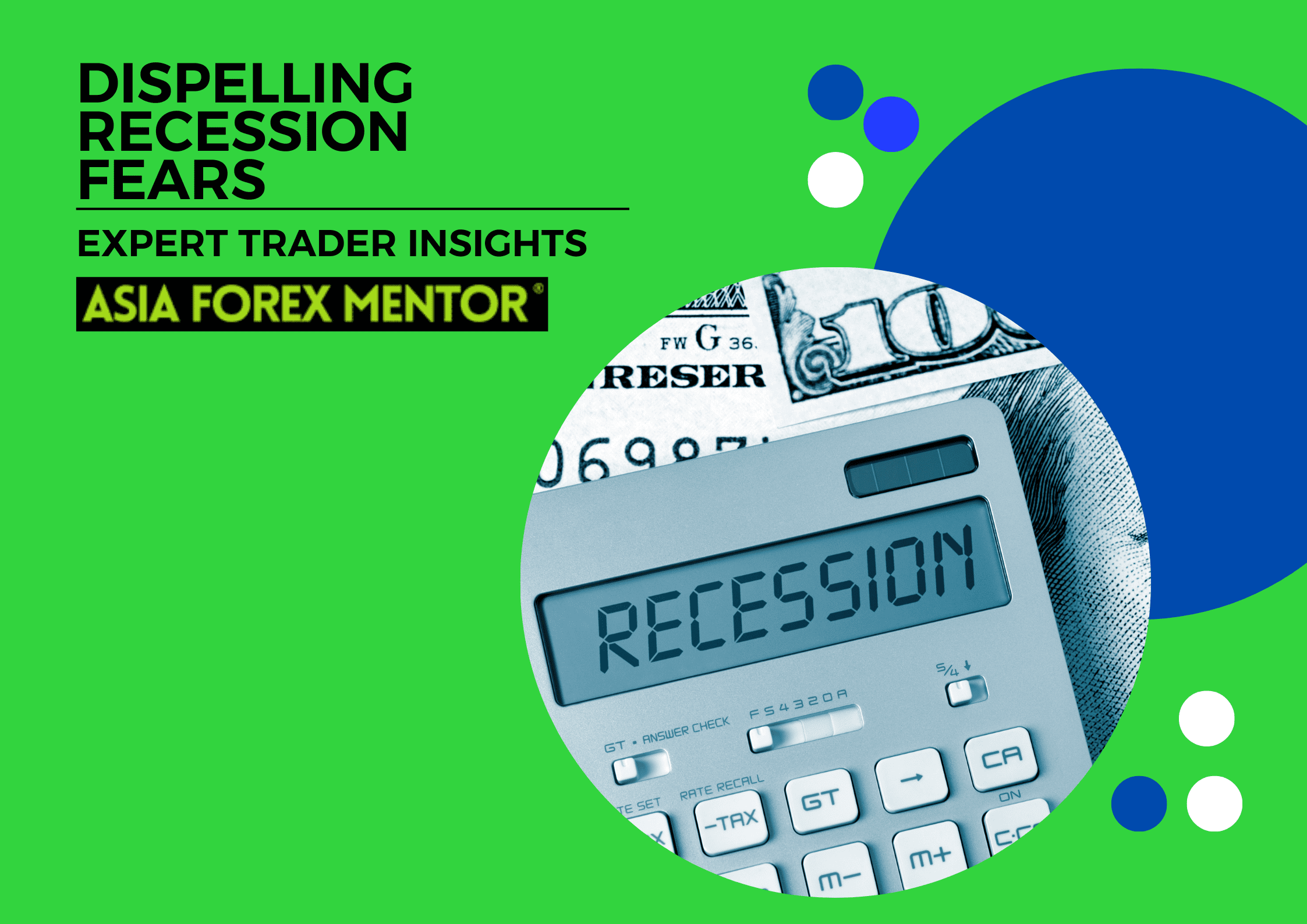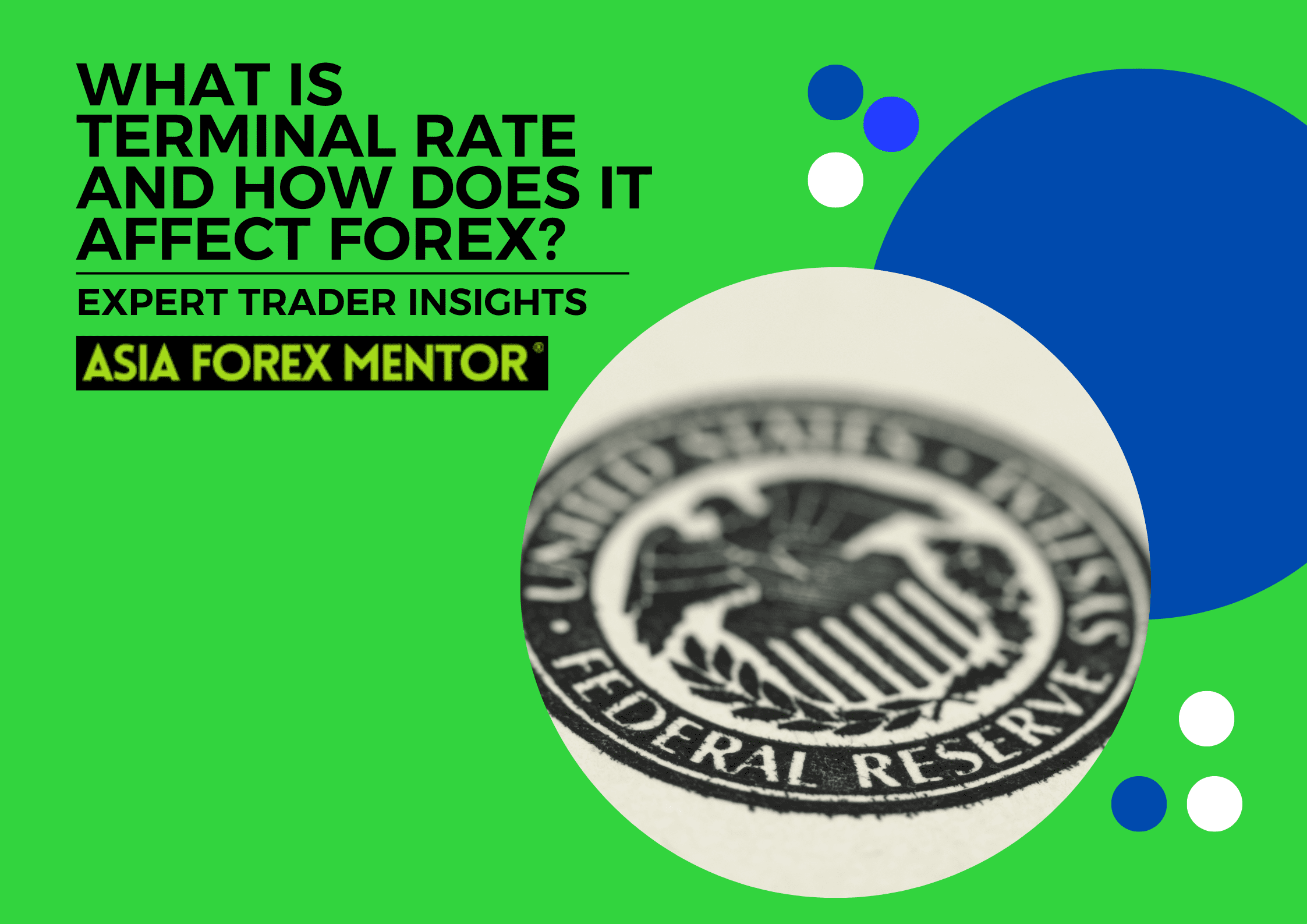If there is a single word that has grabbed everyone’s attention in 2022, it’s inflation.
Recent signs and reports indicate that the era of a steadily climbing inflation rate may be behind us, but core inflation (aka core CPI) remains a major concern for the Federal Reserve and ordinary Americans. Core inflation, which strips out volatile food and energy prices, rose by a robust 0.6 percent in September 2022, matching its August 2022 jump and marking a 6.6 percent increase over the past year.
What’s worse? Professional forecasters and business economics say it will likely take a couple of years before prices really drop from the highs they have seen in 2022.
Still, in September 2022, the Labor Department reported that the September CPI (consumer price index) rose 8.2 percent over the preceding 12 months. This is despite efforts by the Federal Reserve Bank efforts to get consumer prices under control.
Slightly bewildering, however, is that the most recent jobs reports were strong. That only added to the inflation rate complexity. Most economists claim that low unemployment threatens to keep the inflation rate high, and we should expect aggressive interest hikes from the Federal Reserve coming soon. More on that later.
Also Read: How To Profit From Inflation?
Contents
- What Has The Federal Reserve Done About Inflation?
- The Housing Market
- Could Inflation Help Spark A Recession?
What Has The Federal Reserve Done About Inflation?
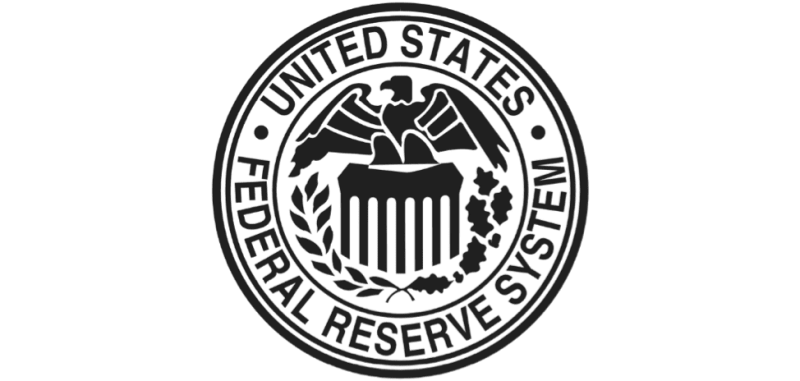
In September 2022, the U.S. Federal Reserve hiked interest rates again by 75 basis points. According to Jerome Powell, Fed Chair, their reasoning behind the abnormally large hike is that it will take a while to effectively squash inflation.
Suffice to say, inflation has been the Fed’s public enemy number one the entire year. The FOMC (Federal Open Market Committee) has also implemented aggressive changes to the U.S. monetary policy to bring inflation down to the desired long-term target of approximately 2 percent.
Even more interesting, professional forecasters predict that the Fed will raise interest rates by 75 basis points once again when the FOMC reconvenes in November. The Fed wants to see price stability across the board, not just the volatile components, before it decides to slow down its rate hikes.
The Housing Market
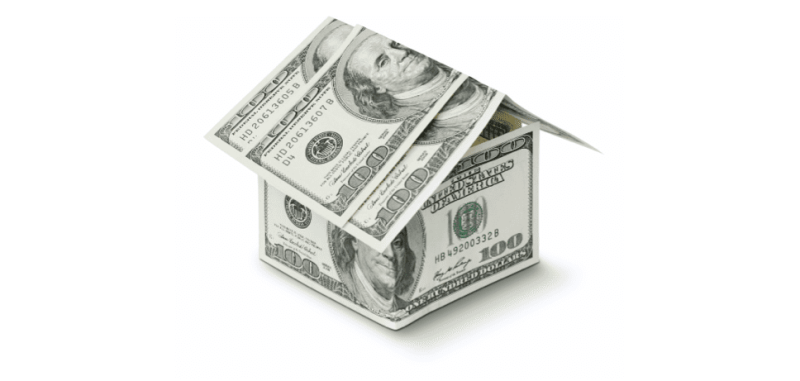
Housing costs are one of the main signals that professional forecasters watch to try and predict how the U.S. inflation outlook is holding up. Housing prices are key to understanding where inflation is headed because housing costs significantly outsize most household budgets. They account for a little over 30 percent of the headline CPI.
With that in mind, recent strong hiring and wage growth metrics, as indicated by the Labor Department, have put more money in Americans” pockets, further pushing prices higher for everything, including housing.
The good news is that rental inflation might be close to topping out after advancing to 6.59 percent in September from 6.24 percent in August 2022. the bad news is it’ll take a long time before the price increases start settling back to what we were used to before the mayhem brought about by Covid-19.
What’s more? The Fed’s attempts to attain clean reads on post-covid inflation rates have been focused on gauges that elevate housing costs, so how rental inflation fares in the future will heavily factor into the future of monetary policy. That also means the Fed will likely maintain its high-interest rates into the foreseeable future.
“If you’re the Federal Reserve, and are trying to push down on inflation, you sort of have to hammer the labor market a little bit, in the sense that that’s what is going to help push shelter inflation down,” said Omair Sharif, president of Inflation Insights in Pasadena, California.
When Will The High Inflation Rate Go Down?
Whether or not the United States has truly hit peak inflation remains a prime question with no clear answer among economists. Its true prices have started to fall in some of the most stubborn sectors, such as used cars, apparel, and gasoline prices, which is a positive sign that inflation may have peaked.
The truth, however, is that none of us (not even leading economists) can truly predict what lies ahead. With so many global factors at play – like the Russian war in Ukraine, the strength of the dollar, and interest rate hikes by the Federal Reserve Bank – inflation expectations are all over the place, to say the least.
The Head of U.S. economics at Morningstar, Preston Caldwell, has more detailed granular inflation forecasts. He predicts that housing prices, food prices, and medical care costs will remain high for the remainder of 2022 but will dramatically fall over the next two or three years.
Robert Triest, professor of economics and department chair at Northeastern University, expects inflation to steadily decrease over the next two years if clogged-up supply chains due to the invasion of Ukraine by Russia and Covid-19 lockdowns. Actions taken by the Federal Reserve Bank to bring the inflation rate down to 2 percent have also made Triest more optimistic that his inflation expectations are correct.
Lastly, according to FOMC’s median Summary of Economic Projections (SEP), total Personal Consumption Expenditures (PCE) inflation is expected to fall to 2.8 percent in 2023 after ending 2022 at 5.4 percent. The PCE inflation is then expected to fall to 2.3 percent in 2024 before returning to the Federal Reserve’s target of 2 percent by the end of 2025.
Also Read: Quantitative Tightening: USA Risking Recession to Rapidly Halt Inflation
Could Inflation Help Spark A Recession?
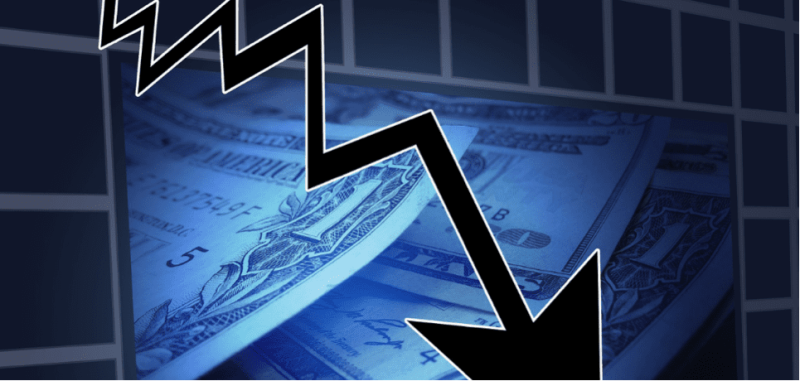
The Federal Reserve is faced with an almost-impossible balancing act. They must raise interest rates aggressively to bring inflation down without triggering a U.S. recession. Raising interest rates increases borrowing costs for both consumers and companies, which in turn, weighs on economic developments.
In fact, to this point, the S&P 500’s 25 percent year-to-date decline despite solid numbers by the U.S. labor market indicates to Wall Street that the U.S. economy might not be taking spiking interest rates in strides as expected.
Another area particularly sensitive to increases in interest rates is Growth Stocks. Fund managers mainly use discounted cash flow models to determine price targets for their growth stocks. As expected, future cash flows will be less valuable if the discounted rate is higher.
That said, negative inflation forecasts aren’t bad news for all stock market sectors. Soaring natural gas and oil prices have helped the stocks in the energy sector generate record profits in 2022. Take the Energy Select Sector SPDR Fund (XLE), for example. The fund is already up 50 percent this year despite the bread-mass market weakness.


